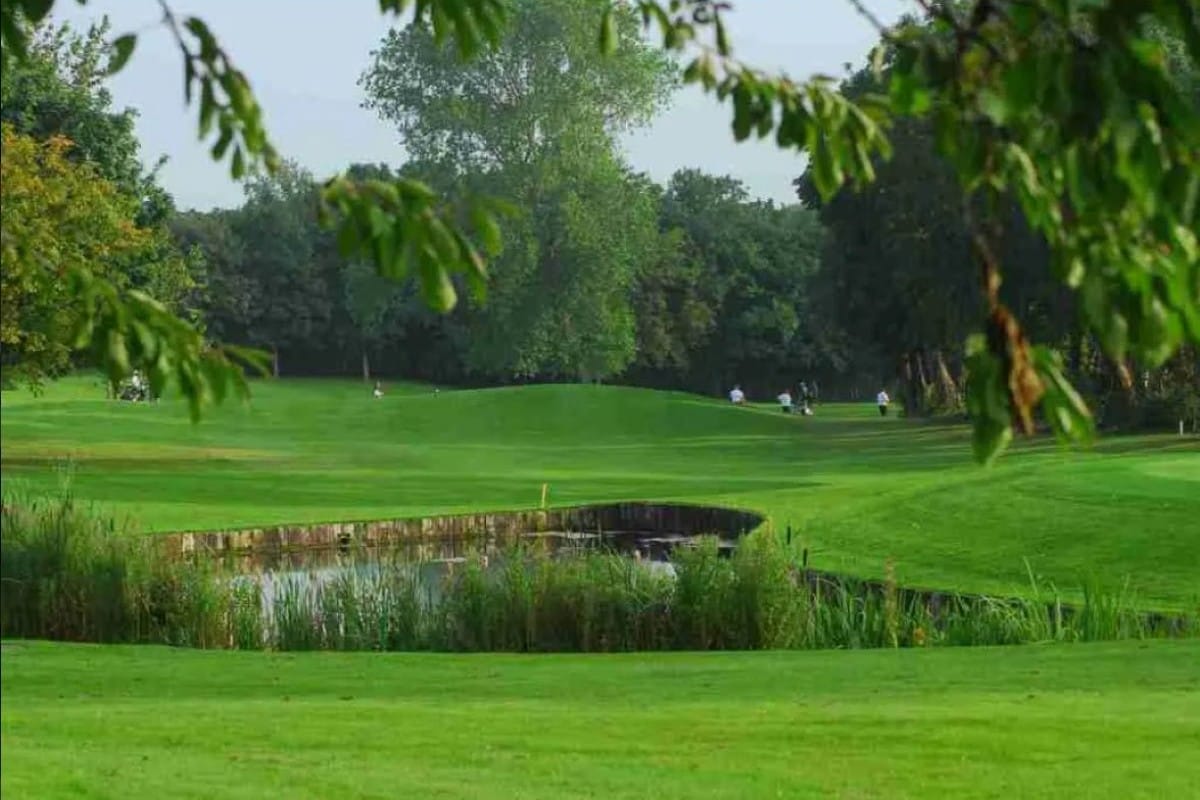Clontarf Golf Club, one of Dublin’s oldest golf clubs, has turned down a staggering €75 million offer to vacate its historic 72-acre site for a major housing development, opting to preserve its legacy over financial gain.
The proposal, put forward by Cairn Homes in partnership with Green Land Capital, aimed to transform the club’s land, located just 4.3km from Dublin’s O’Connell Street, into a residential hub with thousands of new homes while providing the club with a new, Paul McGinley-designed course on the Abbeyville Estate in Kinsealy, approximately eight kilometres north of the current site.
The new facility would feature a modern clubhouse, a 16-acre practice range, a bowling green, and padel courts, with architecture firm Lawrence and Long tasked with designing a cutting-edge, contemporary structure. Additionally, the club’s approximately 1,400 members would share a €15 million cash payout, equating to roughly €10,714 per member.
But, despite the financial allure, the club’s Management Committee, Officers, and Trustees unanimously rejected the offer, according to a report by Dublin Live, echoing a similar decision in 2022 when a land swap proposal was also declined. The rejection underscores the club’s commitment to its current location, which operates under a lease with Dublin City Council, valid for another 62 years.
This is not the first time Clontarf Golf Club has faced such a proposition. In 2007, members approved a €125 million deal with Capel Developments, which promised €100,000 per member and a move to Portmarnock Links. That agreement collapsed during the economic downturn, leaving the club cautious about similar offers. The repeated interest from developers highlights the intense demand for developable land in Dublin, as seen in other local projects like the proposed aparthotel at the Donnybrook petrol station site.
Cairn Homes’ plan hinges on rezoning the Clontarf site for residential use and securing planning permission for both the housing project and the new Kinsealy golf course. The developers argue that the relocation would be a “financially advantageous settlement” for club members, with Paul McGinley endorsing the project as a “best-in-class” opportunity. However, the club’s firm stance suggests that members value tradition and community over monetary incentives.
Established in 1912, Clontarf moved from nearby Mount Temple to its current location on the grounds of Donnycarney House in 1921 where a new, Harry Colt-designed golf course was created.
One of the game’s premier ‘Golden Age’ architects, Colt’s portfolio includes the Dunluce Course at Royal Portrush, and the Championship Links at County Sligo.







